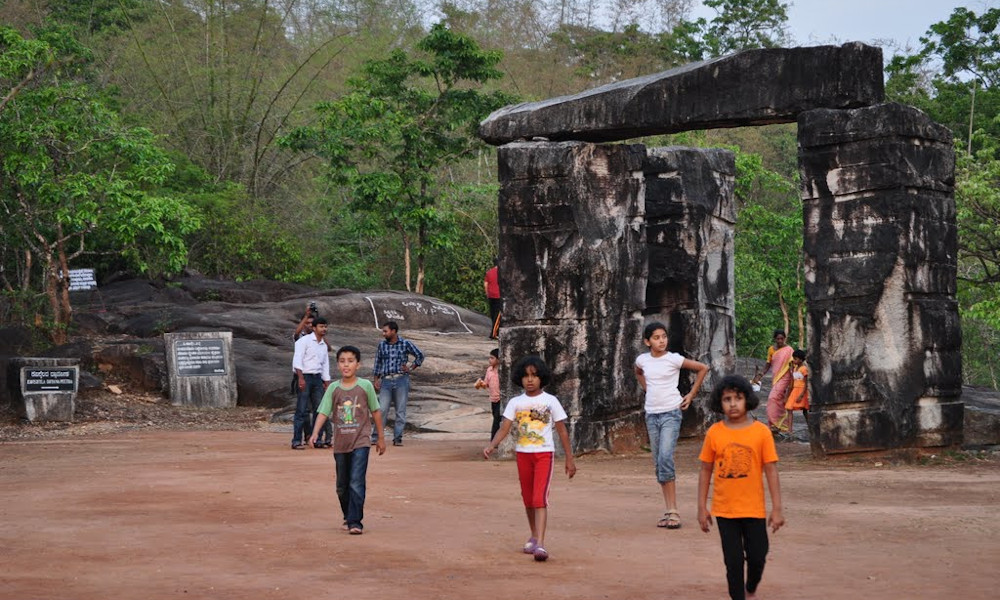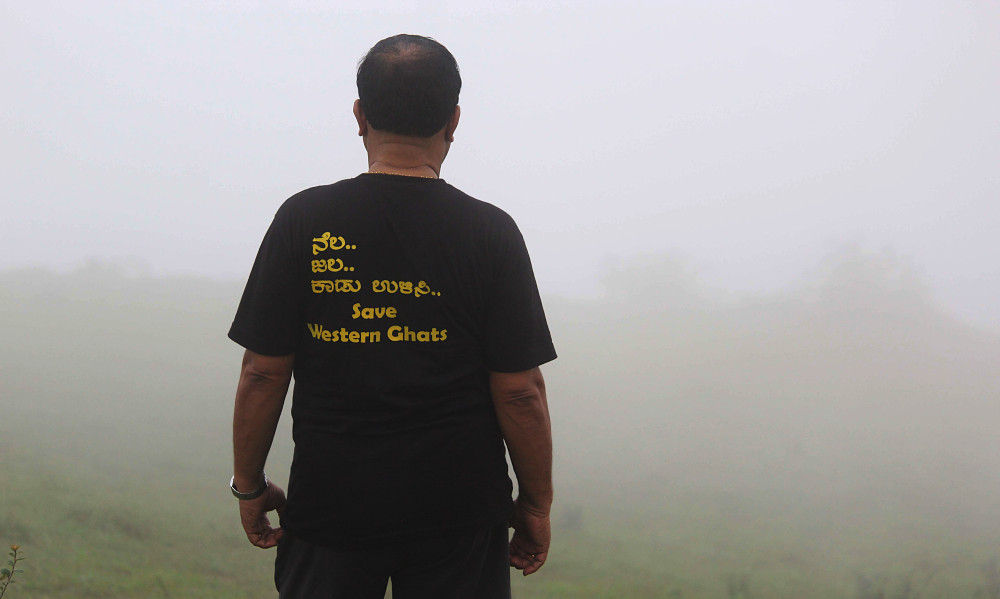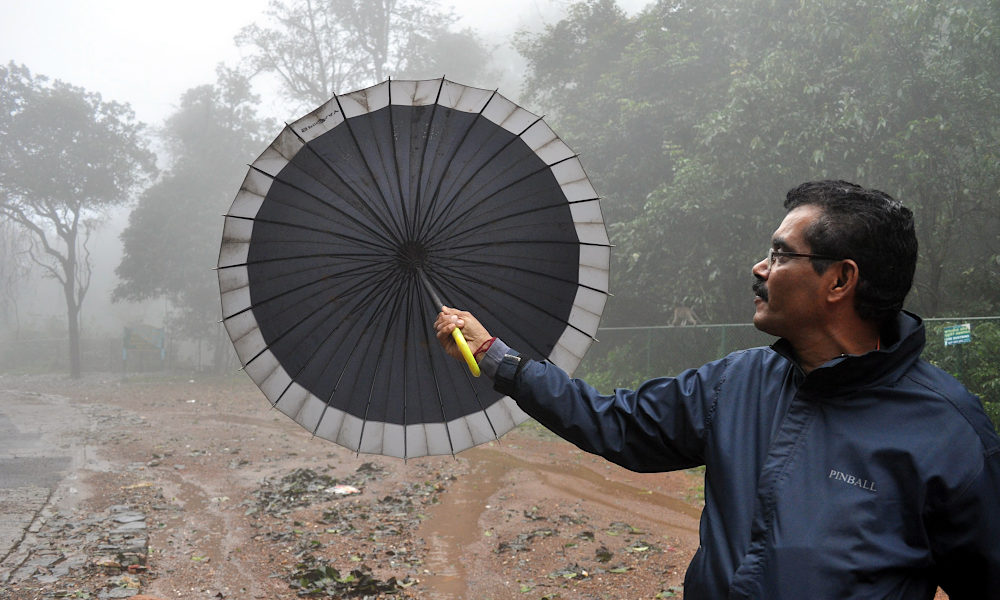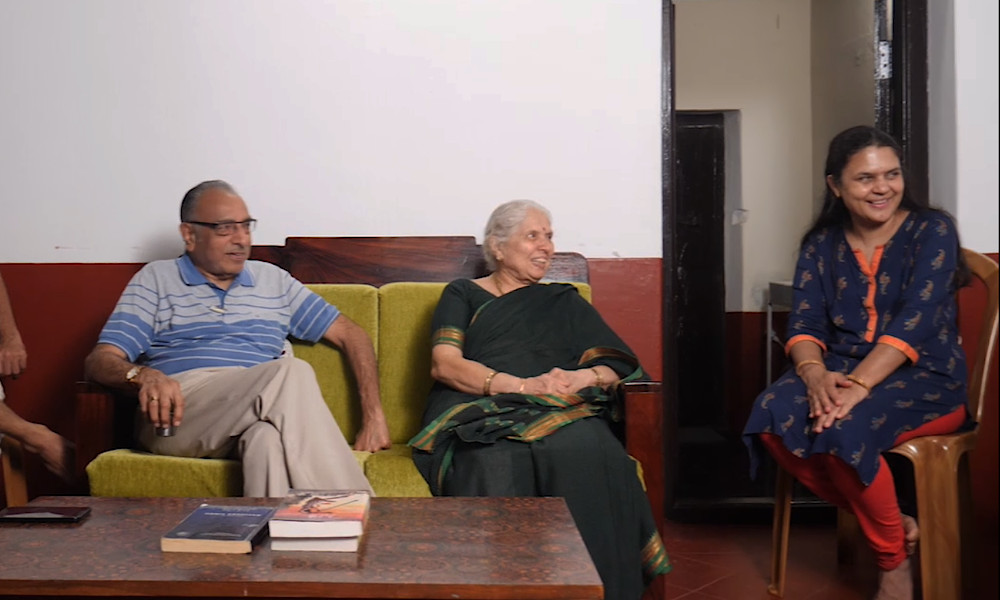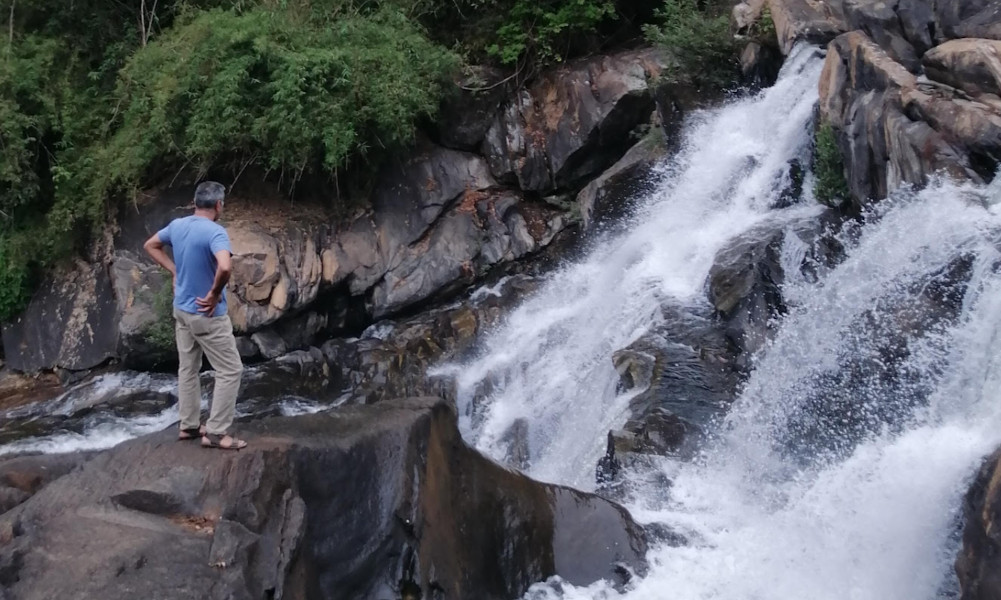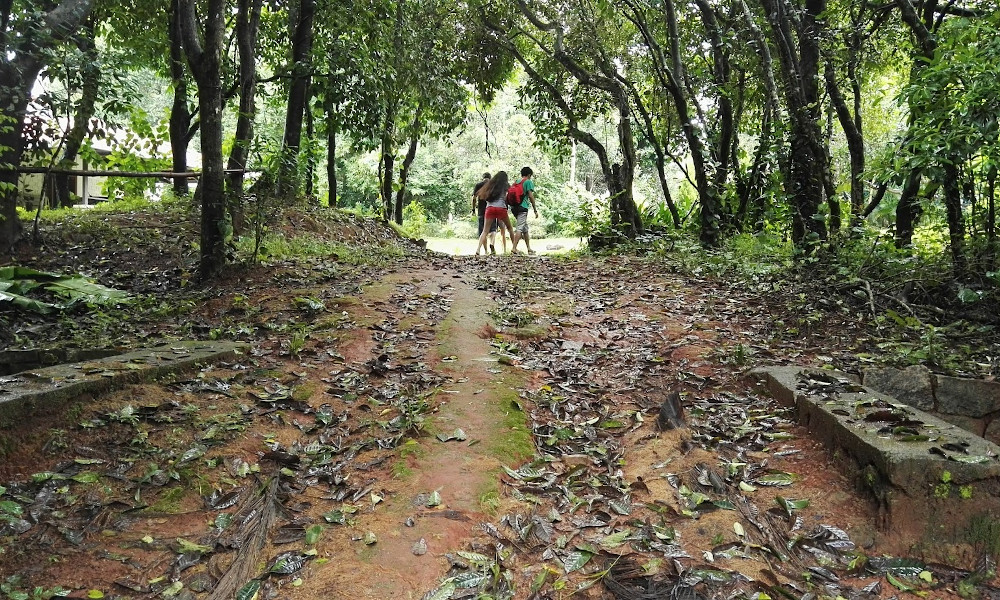In today’s digital age, children spend more time on screens than ever before. But summer holidays are the perfect chance to step outside, breathe fresh air, and embrace the wonders of nature. One of the best places to do this is Thirthahalli, a beautiful destination packed with mountains, rivers, forests, and lush plantations.
Why is it important for kids to connect with nature? Exploring the great outdoors helps children break out of their comfort zones, making them more adaptable and confident. Climbing a hill, wading through a river, or walking in a dense forest teaches resilience and problem-solving—skills that help in real life. These experiences also boost physical health, enhance creativity, and provide a deep sense of relaxation.
Thirthahalli offers a perfect setting. The Tunga River flows gently, inviting kids to experience the thrill of water while staying safe. The Western Ghats provide endless opportunities for adventure, from trekking to spotting unique birds and wildlife. Walking through coffee and areca plantations lets children understand where their favorite drinks and snacks come from. The fresh mountain air and the soothing sounds of chirping birds create a rejuvenating atmosphere that city life often lacks.
Beyond nature, mingling with locals gives children a glimpse into rural life. They learn about farming, traditional crafts, and local folklore, enriching their knowledge in ways no classroom can. Watching farmers cultivate crops, participating in traditional cooking, or listening to elders share fascinating stories builds a connection to a simpler, yet fulfilling, way of life.
This summer, swap video games for real-life adventures. Take your children to Thirthahalli and watch them grow into fearless explorers! Let them experience the thrill of adventure, the joy of discovery, and the warmth of human connection in a place where nature and tradition thrive together.

